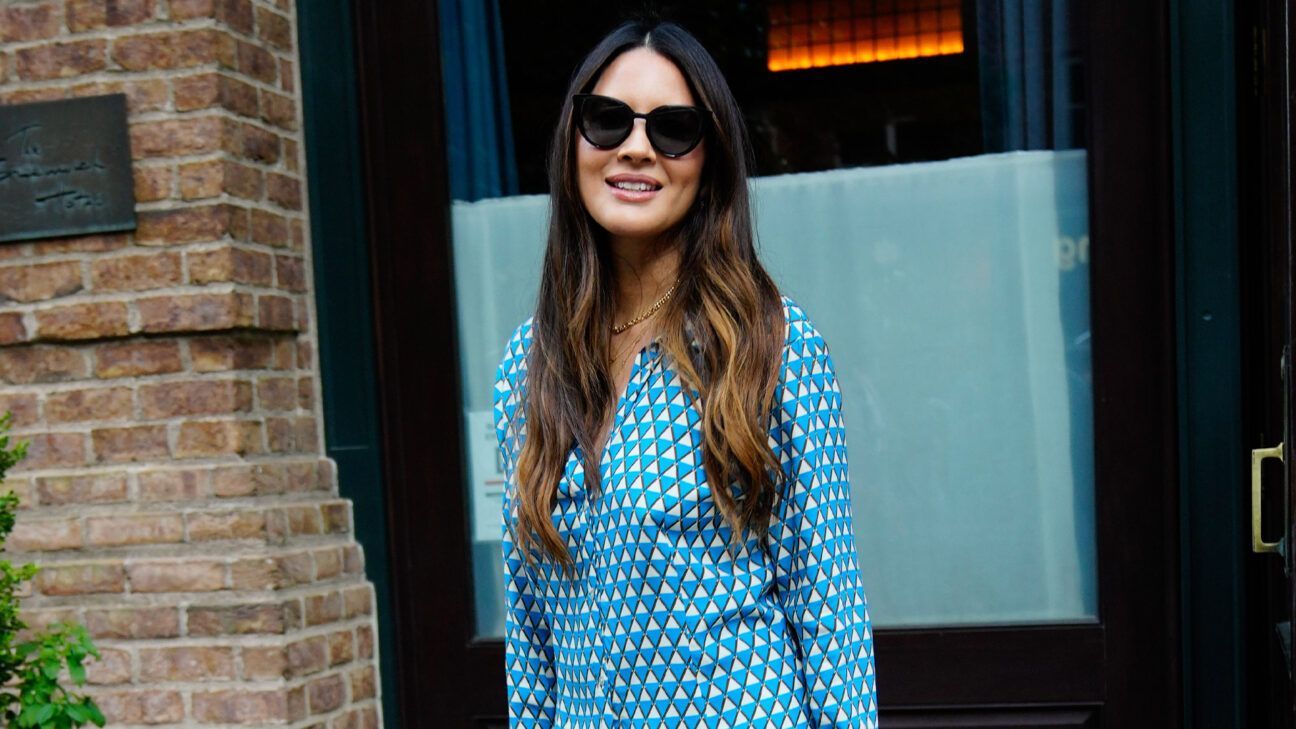
- Actress Olivia Munn is encouraging people to get tested for breast cancer after she was diagnosed with the disease last year.
- Munn disclosed her diagnosis in a post on Instagram this week.
- Munn said her physician calculated her risk with the Breast Cancer Risk Assessment Score and determined she needed additional testing.
Actress Olivia Munn revealed on Wednesday that she underwent a double mastectomy after being diagnosed with an aggressive form of breast cancer last year.
Munn, 43, shared on Instagram that she took a genetic test in February 2023 that looks for 90 different cancer genes and tested negative for all of them, including the BRCA gene which substantially increases the risk for cancer.
She also had a routine mammogram and the results came back normal, however, two months later she was diagnosed with breast cancer.
Munn wrote that her OB/GYN calculated her Breast Cancer Risk Assessment Score,
To calculate her score, the doctor “looked at factors like my age, familial breast cancer history, and the fact I had my first child after the age of 30. She discovered my lifetime risk was at 37%,” Munn wrote on Instagram.
“Because of that score I went to get an MRI, which led to an ultrasound, which then led to a biopsy. The biopsy showed I had Luminal B cancer in both breasts. Luminal B is an aggressive, fast-moving cancer,” Munn continued.
A month later, she had a double mastectomy.
“Early detection is key as [the chances of a] cure in women with early stage breast cancer are very high,” Dr. Sagar Sardesai, MD, MPH, Medical Director of the High Risk Breast Program at The Ohio State University Comprehensive Cancer Center – James Cancer Hospital, told Healthline.
The Breast Cancer Risk Assessment tool calculates your risk of developing cancer based on your age, family history of breast cancer, race, breast density, and genetic mutations.
It also takes your childbirth history, age your menstrual cycles started and ended, and exposure to hormones from medications like birth control pills or hormone replacement therapy.
While your score can’t tell if you definitely will or will not develop cancer, it can inform how often you need to do screenings for breast cancer.
Anyone with a risk greater than 20% is considered to be “high risk” and should undergo annual mammograms and breast MRIs starting at age 30.
Your family history may also influence when you begin testing, according to Dr. Richard Reitherman, MD, PhD, a board-certified radiologist and medical director of breast imaging at MemorialCare Breast Center at Orange Coast Medical Center in Fountain Valley, CA.
“Mammograms start annually at age 10 years younger than the age of the youngest family member diagnosed but not before 30,” says Reitherman.
MRIs, on the other hand, start 10 years younger than the age of the youngest family member diagnosed with breast cancer, but not before age 25, he added.
Depending on your results, your doctor may also recommend genetic counseling, medications that can lower your risk of breast cancer, or preventative surgery.
“Individualized breast cancer risk assessment is critical to identify candidates for genetic testing and develop a personalized screening and risk reduction plan,” said Sardesai.
If you catch the cancer early, you have a greater chance of removing the cancer before it spreads, which boosts long-term survival.
In Munn’s case, for example, the Luminal B cancer was detected at an early stage.
“I’m lucky. We caught it with enough time that I had options,” Munn posted on Instagram.
One in eight people who were assigned female at birth will develop breast cancer in their lifetime, according to the
While breast cancer is often found after symptoms appear, such as a lump in the breast or thickening of the breast, many women with
This is why screening — and knowing your risk — is crucial.
While it’s best to work with a doctor who can determine your risk and recommend follow-up testing, anyone can calculate their risk online, using tools from the Breast Cancer Surveillance Consortium and
Regular mammograms, ultrasounds, and MRIs can catch cancer early and determine if it’s spread.
“MRI is the most sensitive screening test for detecting breast cancer,” especially in those with denser breasts, says Reitherman.
When breast cancer is detected early, and is localized, the five-year survival rate is 99%.
According to Sardesai, there’s a need for increased awareness about individualized breast cancer risk assessment risk-reducing strategies.
He recommends that all women talk to their healthcare provider about their risk, whether genetic testing is appropriate for them, and how breast density can impact the accuracy of test results.
“Olivia Munn’s story strikes a chord and emphasizes the need for individualized risk assessment, screening and prevention,” Sardesai said.
Olivia Munn revealed on Wednesday that she underwent a double mastectomy, a procedure where both breasts are removed, after being diagnosed with an aggressive form of breast cancer. Munn said she probably wouldn’t have found out she had cancer for another year, when she was due for her next mammogram, had her OB/GYN not calculated her Breast Cancer Risk Assessment Score, a tool that estimates your personal risk of developing breast cancer. Her high-risk score led her to get an MRI, an ultrasound, and, ultimately, a biopsy, which revealed she had breast cancer.
